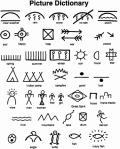The study of prehistoric organisms’ remains and the potential revival of these ancient beings holds significant importance in understanding the ecological evolutionary processes of Earth and predicting future risks.
Discovery of Prehistoric Organism Remains
In recent years, as global warming continues to intensify, Arctic ice has been melting at an alarming rate. This situation is not only concerning but also presents a valuable opportunity for paleontologists and archaeologists. As the Arctic ice melts, they have uncovered something astonishing: the remains of prehistoric organisms.
The study of prehistoric organisms has always been a hot topic of research. Previously, we could only rely on fossils and remnants of ancient beings to infer their conditions and biological characteristics. However, with the discovery of prehistoric remains revealed by melting Arctic ice, we can gain a more visual understanding of what these ancient creatures actually looked like.
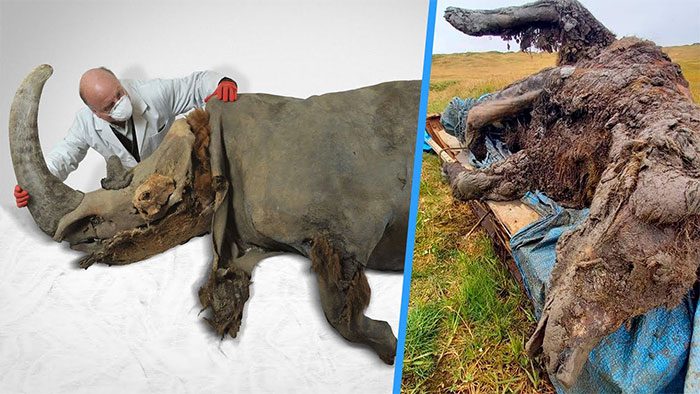
In recent years, the study of prehistoric organism remains has attracted widespread attention. These ancient relics can unveil mysteries about the ecological evolutionary processes of Earth, helping us understand the past and predict ecological risks in the future. However, this process faces several challenges. (Photo: CNN)
The remains of these prehistoric organisms are remarkably well-preserved, largely due to the low temperatures and freezing conditions in the Arctic. By studying these remains, scientists can accurately determine the type, age, and even personal characteristics of some individuals through DNA analysis, radiocarbon dating, and other technical methods.
One of the most astonishing discoveries is that scientists have found the remains of a being strikingly similar to modern humans, known as the “Ice Man.” This discovery has profoundly impacted our understanding of human origins and evolution. By studying the remains of the “Ice Man”, scientists have discovered that the genes of these ancient people are very similar to those of modern humans.
Modern humans may have origins much earlier than previously recognized. This finding has garnered widespread attention from academia and has prompted researchers to reassess theories regarding human origins and evolution.
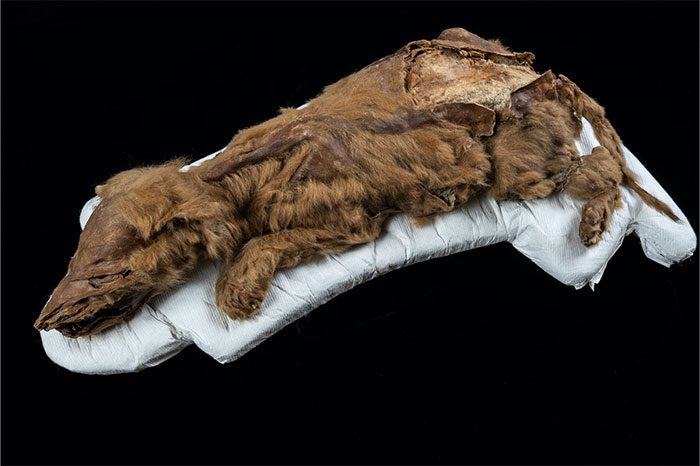
The study of prehistoric organism remains is crucial in understanding the ecological evolutionary processes of Earth. By analyzing the bones and tissues of ancient organisms, scientists can infer the structure and function of ancient ecosystems. This can help us understand adaptive strategies, population dynamics, and the interactions of organisms in the past with their environments. (Photo: ZME)
Scientists have also uncovered the remains of many other prehistoric organisms in the Arctic ice, such as woolly mammoths and short-faced bears. The discovery of these remains provides us with valuable information. Through studying them, we can understand the characteristics, living habits, and ecological environments of ancient flora and fauna. This is significant for restoring the ecological landscape of ancient Earth and protecting modern biodiversity.
Just as the discovery of prehistoric organism remains has sparked public curiosity, it also raises our awareness of global warming. The melting of Arctic ice is a clear sign of the current global warming phenomenon, which directly impacts the preservation of prehistoric remains. At the same time, this indicates that global warming poses significant risks to modern organisms and ecosystems. We should enhance global environmental awareness and collaborate to protect our planet.
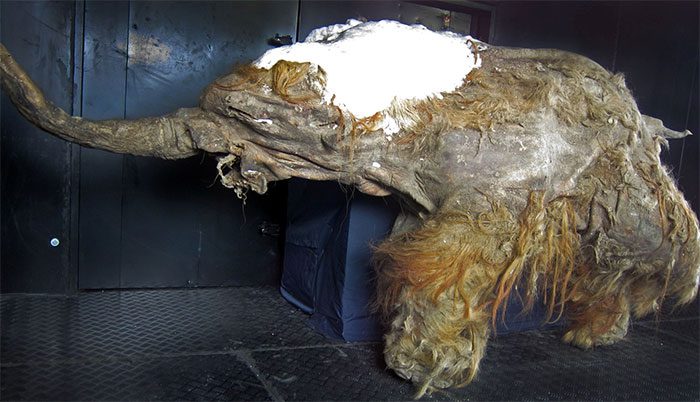
By analyzing molecular genetic materials such as DNA and proteins, we can infer the genetic relationships and evolutionary histories of ancient organisms. This helps us understand the origins and evolutionary pathways of species, providing new breakthroughs and further advancing the study of evolutionary biology. Genetic information from ancient organisms can also provide important references for medical research, such as studying the origins and development of genetic diseases. (Photo: Zhihu)
The Threat of Prehistoric Organisms to Humanity
Throughout human history, encounters with prehistoric organisms have always been a captivating topic. The confrontations between ancient humans and prehistoric creatures like dinosaurs and gigantic beasts have long been a part of legends and mythology. However, modern scientists have substantial doubts and debates regarding whether prehistoric organisms pose a threat to humanity.
Scientists have conducted in-depth analyses of the threat levels posed by prehistoric organisms. Through fossil studies, fossil remnants, and living animals, they have identified key characteristics such as species, body shape, and behavioral habits of prehistoric beings. Based on these research results, scientists believe that the threat levels of prehistoric organisms can be divided into several aspects.
Differences in Size and Strength. Some prehistoric organisms are enormous and powerful, such as dinosaurs and gigantic beasts. Faced with these large and strong creatures, human strength and weapons often seem inadequate. In relation to this situation, scientists have expressed certain concerns, believing that humans may struggle to defend against such prehistoric organisms.
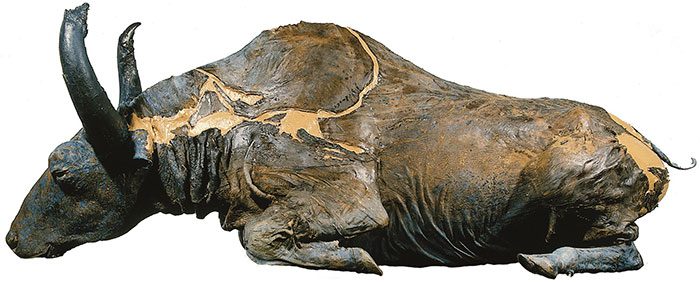
Due to the rarity and vulnerability of ancient biological remains, many traditional research methods cannot be directly applied to these specimens. Therefore, scientists need to develop new technologies and methods to address this issue. For example, by utilizing advanced gene sequencing technology, scientists can extract and analyze the DNA of ancient organisms to gather more information about them. (Photo: Zhihu)
Adaptability to the Environment and Reproductive Capability. Many prehistoric organisms had extremely high adaptability and reproductive capabilities in their habitats. The strong survival and rapid reproduction capabilities of dinosaurs made them the rulers of Earth during their era. Scientists are concerned that if prehistoric organisms were to re-emerge in the modern world, they could quickly adapt to the environment and reproduce in large numbers, causing a significant impact on human society and ecosystems.
Hunting Habits of Prehistoric Organisms are also a concerning factor. In prehistoric times, prehistoric organisms were primarily carnivorous, and their predatory abilities were very strong. If these prehistoric creatures were to return to the modern world, they could pose a threat to humans and existing animal groups, disrupting food chains and ecological balance.
Scientists also have some doubts about the threat posed by prehistoric organisms to humans. The revival of prehistoric organisms surpasses the current technological capabilities. Although scientists have made some progress in cloning technology and DNA recovery, fully resurrecting prehistoric organisms remains a significant challenge.
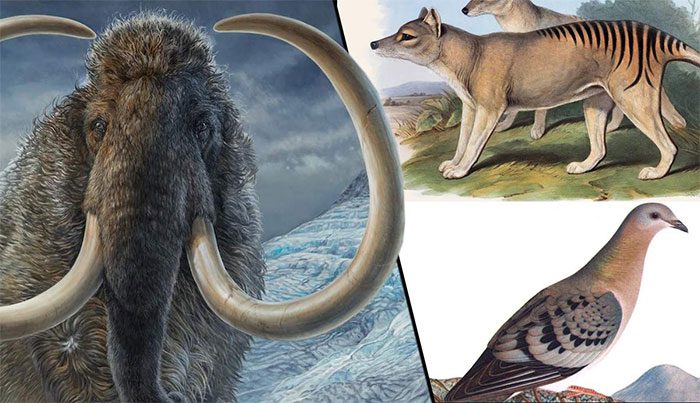
There is a significant difference between prehistoric organisms and the modern environment. (Illustration: CNN)
There is a significant difference between prehistoric organisms and the modern environment, and it is challenging to ensure that they can adapt well to contemporary conditions. Although prehistoric organisms are gigantic and powerful, human society has developed advanced technologies and civilizations; we possess advanced weapons and protective equipment capable of addressing potential threats posed by prehistoric organisms.
The extent to which prehistoric creatures posed a threat to humans is a topic of lively debate. Scientists have analyzed the characteristics and behavioral habits of these ancient beings and believe they could have posed a danger to humans. However, due to advancements in science and technology, environmental changes, and the progress of human civilization, the threat that prehistoric creatures pose to humanity remains unclear. In any case, we should maintain a reasonable and cautious attitude towards the existence and potential threats of prehistoric creatures while making informed judgments and decisions based on scientific research findings.










































